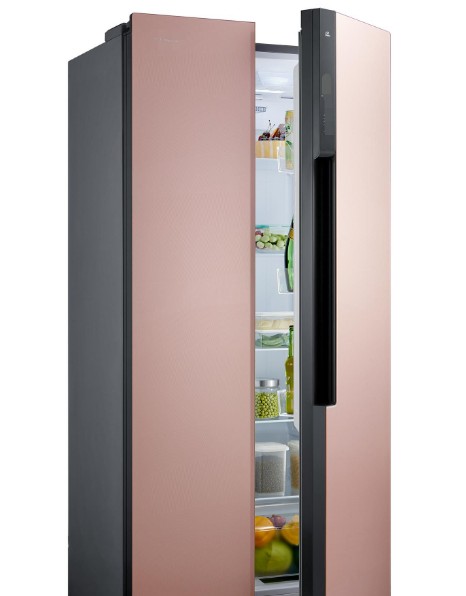Refrigerator - A Refrigeration Device That Maintains A Constant Low Temperature
The volume of a household refrigerator is usually 20 to 500 liters. In 1910, the world's first compact refrigeration household refrigerator was introduced in the United States. In 1925, the Swedish Lido Company developed a household absorption refrigerator. In 1927, General Electric Company of the United States developed a fully enclosed refrigerator. In 1930, air-cooled continuous diffusion absorption refrigerators with different heating methods were put on the market. In 1931, a new refrigerant, Freon, was successfully developed. In the latter half of the 1950s, domestic thermoelectric refrigerators were produced. China began to produce refrigerators in the 1950s.
In the mid-17th century, the word "refrigerator" entered the American language. Until then, the refrigerator only affected the diet of ordinary American citizens. With the development of the city, the sale of ice has gradually developed. It is gradually being used by hotels, hotels, hospitals and some discerning city traders for the preservation of meat, fish and butter. After the civil war (1861-1865), ice was used to refrigerate trucks and also entered civilian use. By 1880, half of the refrigerators sold in New York, Philadelphia, and Baltimore, and one-third of refrigerators sold in Boston and Chicago began to enter the home, because a new home appliance—the refrigerator—the modern refrigerator. The predecessor was invented. Similar products are also freezer.
Making an efficient refrigerator is not as simple as we think. In the early 19th century, inventors' understanding of the thermophysical knowledge that was essential to refrigeration science was very shallow. It is believed that the best refrigerators should prevent the melting of ice, and such a view that was very common at the time was clearly wrong, because it was the melting of ice that played a role in refrigeration. In the early days, people made a lot of efforts to preserve ice, including wrapping the ice with a blanket, so that ice could not play its role. It was not until the end of the 19th century that inventors succeeded in finding the precise balance of insulation and circulation required for efficient refrigerators.
But as early as 1800, Thomas Morr, a Maryland farmer with invented talent, found the right way. He owns a farm about 20 miles from Washington, where the Georgetown village is centrally located. When he used his designed refrigerator to transport butter to the market, he found that customers would walk through the melted butter contained in the competitor's bucket and give him a price higher than the market price. He is still fresh and hard, neatly cut into A pound of butter. Moore said that one of the benefits of his refrigerator is that farmers do not have to go to the market to trade at night in order to keep their products cold.
